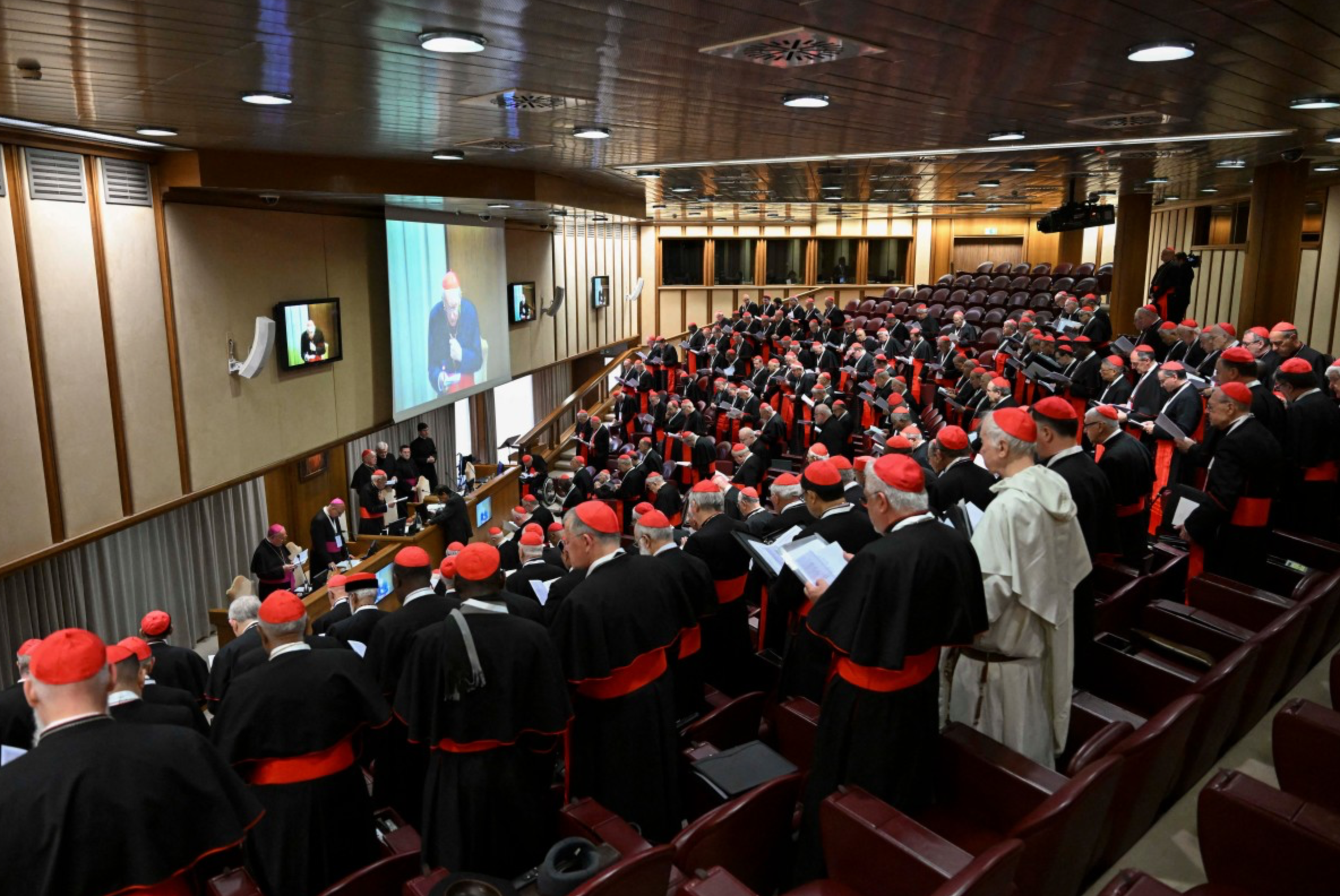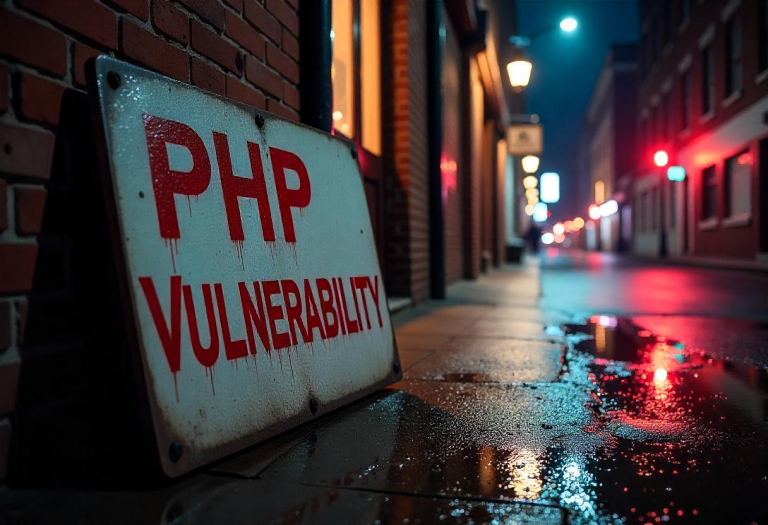
The Vatican has officially declared that a papal conclave will convene on May 7, 2025, to elect the next leader of the Roman Catholic Church following the death of Pope Francis, who passed away at the age of 87. The announcement was made by Cardinal Giovanni Battista Re, Dean of the College of Cardinals, after a meeting of high-ranking prelates.
The papal election will take place in the Sistine Chapel, where 133 eligible cardinals under age 80 will assemble for the secret voting process. Following centuries-old tradition, these cardinal electors will cast ballots in up to four daily voting sessions until one candidate secures the required two-thirds majority. The world will watch for the iconic smoke signals rising from the chapel – black smoke signaling an inconclusive vote, while white smoke heralds the election of a new Supreme Pontiff.
Reflections on Pope Francis’ Legacy
Pope Francis, born Jorge Mario Bergoglio, served as pope from 2013 to 2025, becoming the first Jesuit and Latin American pontiff. His tenure was marked by:
✔ Progressive reforms (climate change advocacy, financial transparency efforts).
✔ Controversial debates (LGBTQ+ outreach, married priests discussion).
✔ Global influence (historic peace missions, interfaith dialogue).
Pope Francis had appointed a significant number of the current cardinal electors, many from regions outside Europe, reflecting his vision of a more global Church.
Potential Candidates for the Next Pope
While the conclave remains secret, several cardinals are considered papabile (potential pope candidates):
- Cardinal Pietro Parolin (Italy) – Vatican Secretary of State, experienced diplomat.
- Cardinal Luis Antonio Tagle (Philippines) – Popular in Asia, former Manila archbishop.
- Cardinal Peter Turkson (Ghana) – Conservative voice, former head of Vatican liturgy.
- Cardinal Christoph Schönborn (Austria) – Moderate reformist, close to Francis’ vision.
What Happens Next?
During the ‘sede vacante’ (papal interregnum), the Vatican has released commemorative postage stamps bearing the emblematic crossed keys – conspicuously absent the papal tiara. These limited-edition stamps remain valid for mailing only until the new pontiff’s election, instantly transforming into prized philatelic artifacts thereafter.
As global Catholics observe this historic transition with prayerful anticipation, many hope the incoming pope will provide decisive leadership on modern challenges while preserving the Church’s timeless traditions.
- The Death of Fish Magnet and Why Kidnapping Continues to Thrive in Nigeria - August 2, 2025
- The Fall of Intelligence - July 10, 2025
- UK to Tighten Visa Rules for Nigerians and Pakistanis Due to Overstaying Concerns - May 7, 2025
Discover more from TruthPost
Subscribe to get the latest posts sent to your email.






